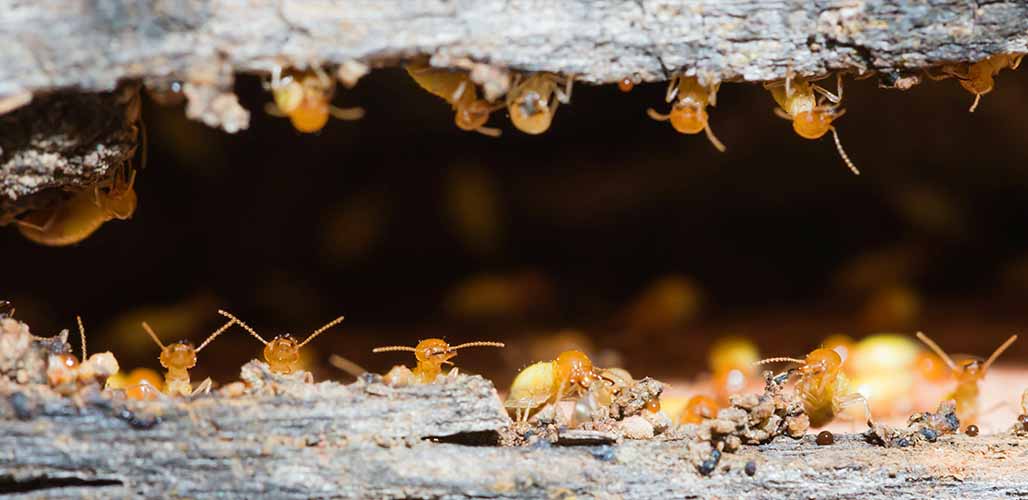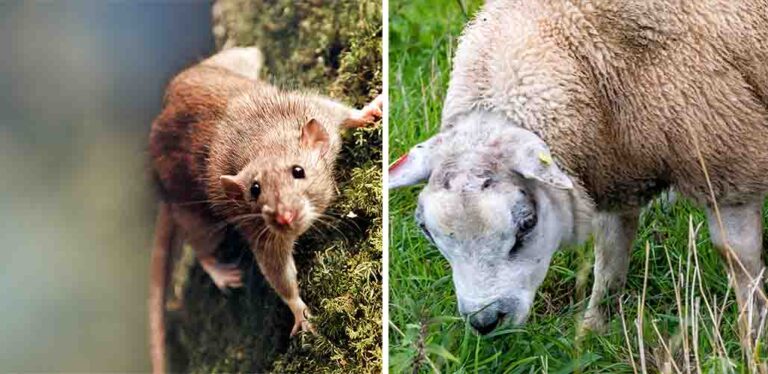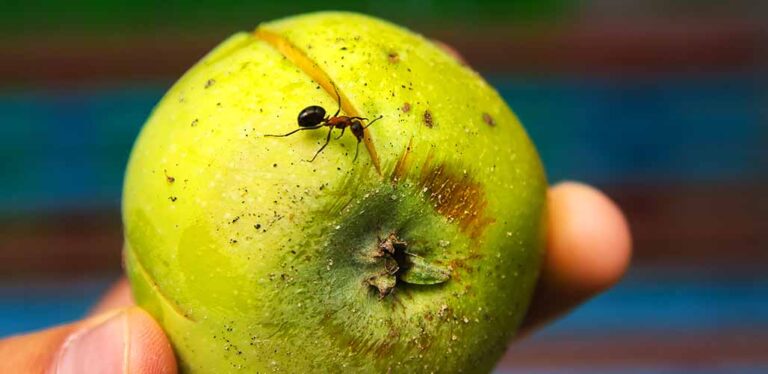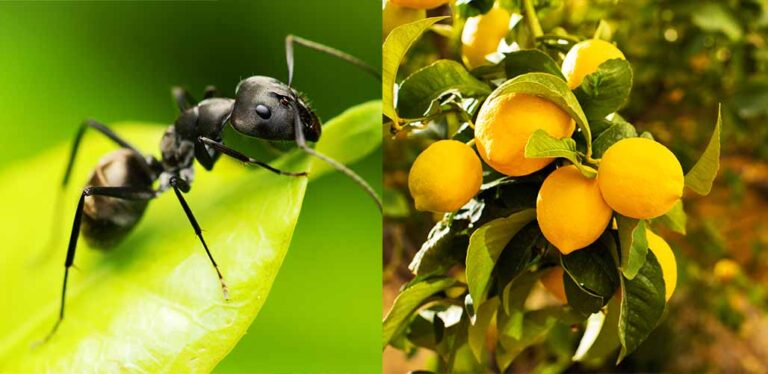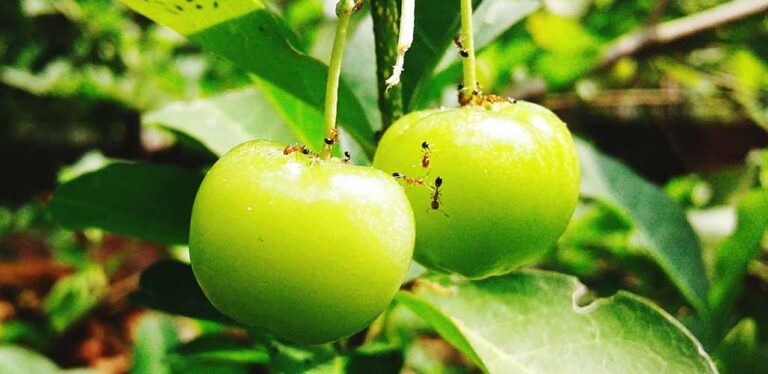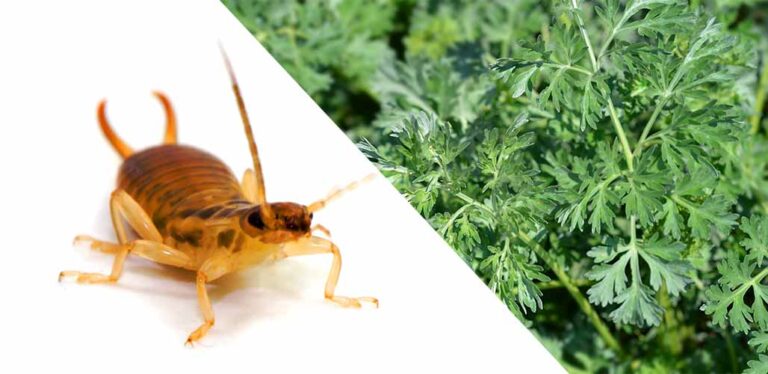Are All Termites Bad?
Are all termites bad, or do these notorious house-eaters have some harmless cousins too? I found it hard to believe at first, but in fact some termites aren’t just benign – they’re actually helping us out in lots of different ways! From supporting delicate ecosystems to inspiring scientists, architects, and engineers. Some termites are really quite amazing!
Contents
- Are all termites bad?
- When is a termite good or bad?
- Are all termites bad for your house?
- What termite causes the most damage?
- Is it safe to be around termites?
- What kills termites?
Are all termites bad?
Over three thousand species of termite have been identified worldwide, and it’s likely that many more are yet to be discovered. Of these known species, 50 are found in North America. But, only 18 of those 50 are regarded as pests. Worldwide, only 183 species have been observed to cause damage to buildings – less than 6% of them!
And yet termites still have a terrible reputation for being harbingers of destruction. It’s a real case of a few bad apples ruining the reputation of the whole family. But of course, even the pest species are just doing what comes naturally – there’s no malice on their part. So let’s have a look at the ways termites just doing their thing can be good or bad for us humans. (I think we have to accept that even the good ones are ugly…)
When is a termite good or bad?
There are plenty of bad things to say about some termite species, and most people don’t have any trouble finding them. So let’s start with some of the good news about termites:
- Termites eat cellulose – the main component of plant cell walls. In their natural habitats, termites have an important ecological role, breaking down dead matter and even removing the dung of herbivorous mammals such as buffalo, cattle, horses, sheep, goats and even elephants!
- Subterranean termites nesting in the ground improve soil structure so that it absorbs more water and stores more nitrogen. This reduces flooding, and improves the yield of some crops.
- Termites have highly specialized digestive systems. The speed at which they are able to convert cellulose into hydrogen is helping scientists develop new ways of turning biomass from garbage into a renewable energy source.
- Subterranean termite colonies in hot regions build enormous hollow mounds above their nests, which draw cool air from outside down under the ground and stop the colony overheating. Architects have replicated this passive cooling effect to ventilate large buildings like shopping malls, without relying on fossil-fuel powered air conditioning.
- Over 40 species of termite are edible, and provide a valuable food source for people and livestock in areas where other sources of protein are scarce.
- The way termites work both independently and collectively to build their nests has inspired engineers at Harvard to develop termite-like robots called TERMES. TERMES robots can build structures from blocks without a centralized point of command. Their potential uses range from building flood defenses, to constructing buildings on Mars!
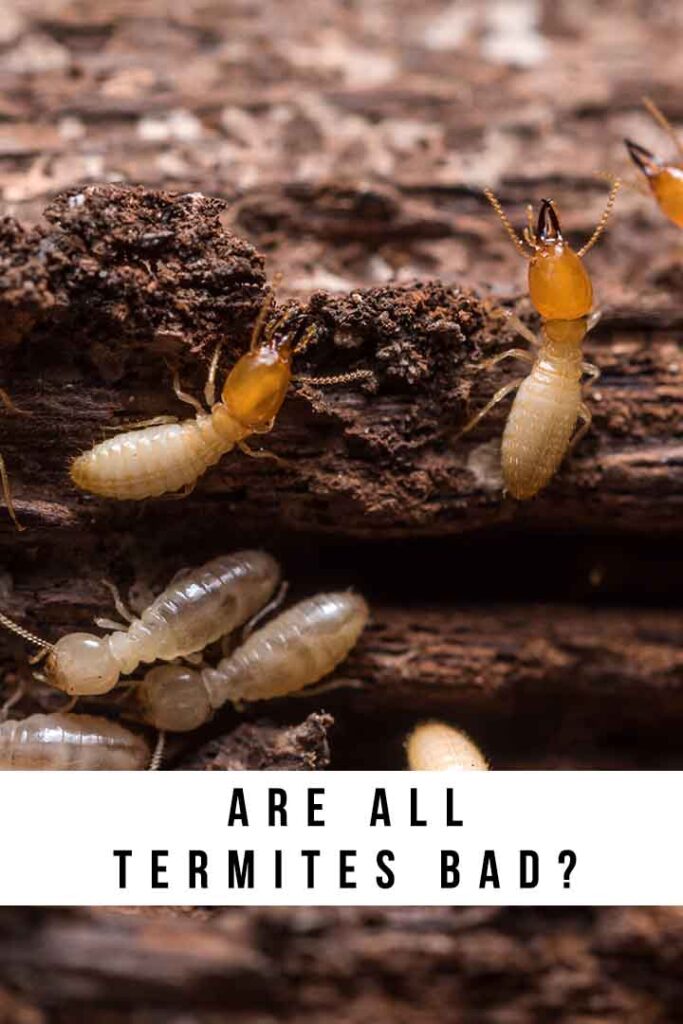
Neutral termites
Not all termites are bad, and not all termites benefit us either. In fact, there are so many species that most of them have no effect on us whatsoever. But they are integral parts of the ecosystems they belong to, and in that sense they are valuable in their own right.
Bad termites
Unfortunately, it’s impossible to ignore the ways in which termites can also negatively impact our lives. Termites feed on cellulose, and this includes dry wood – one of the most widely used construction materials used in our homes. In 1994, it was estimated that termites caused $1.5 billion of damage annually to buildings in America. We haven’t been able to find a more recent update of that figure, but wood is still the dominant material used in new-home construction, so inflation means the cost of termite damage could be closer to $3bn a year today.
Besides damage to housing and other buildings, termites also pose a threat to our agriculture, by destroying some crops such as cereals, corn and sugarcane.
Are all termites bad for your house?
Not all termites are a threat to your home. In fact, only about 20% of the termite species in America cause damage to buildings. The most likely culprits of termite damage on your property are:
- Eastern subterranean termites – the most common termite species in North America
- Southeastern drywood termites
- West Indian drywood termites
- Western drywood termites (also known as desert drywood termites)
- Florida dampwood termites
- Formosan termites
What termite causes the most damage?
Owing to the sheer number of them, eastern subterranean termites are currently responsible for more damage to buildings than any other species in America. But the type of termite you’re mostly likely to encounter depends partly on your region. As you can guess from their names, southeastern termites and Florida dampwood termites are especially problematic in the southeast states and Florida, respectively.
Meanwhile, formosan termites only started to appear in the United States in the mid-1970s. But they are such voracious eaters that a single colony can consume up to 13oz of wood every single day. They have even been observed eating through insulation boards, lead, copper, drywall, asphalt, and plastics to get to wood. This earns them the dubious distinction of being the most aggressive and rapidly damaging species.
Is it safe to be around termites?
Termites aren’t directly harmful to humans, They don’t carry any diseases which can be passed on to us, and they don’t bite or sting. But, they can make a build unsafe to live in, by destroying supporting timbers.
What kills termites?
Unsurprisingly, with so much at stake, how to get rid of termites is a hot topic for people with wooden houses. And with so much at stake it’s really important to consult a qualified and experienced pest control professional about your termite worries.
Termites operate silently inside wooden structures and leave little evidence of their presence. So sometimes the termite signs you see are only a small part of the total problem. And getting rid of those signs doesn’t mean you’ve fully eliminated the whole colony either.
What kills termites naturally?
The internet is awash with natural deterrents for getting rid of termites. Applying everything from neem oil or cayenne pepper to diatomaceous earth is recommended. Some natural solutions are only suggested for deterring termites, whilst others claim to destroy whole colonies. But since the structural integrity of your home is at stake, we don’t recommend relying on anything without consulting a specialist first.
What kills termites instantly?
For a lot of us, our knee-jerk reaction to termites to want rid of them, as quickly as possible. Pest control professionals are licensed to use stronger, faster-acting termaticides (termite poisons) than you or I can purchase from the store. They are also better equipped to identify how the termites entered your property in the first place, and prevent them re-entering.
Are all termites bad?
So, not all termites are bad. Most species are completely benign, and don’t impact our lives at all, except to play their own crucial role in the natural landscapes we enjoy so much. Some termites species have even improved our world, by chomping through animal dung, and inspiring technologies we might come to rely on in future. Maybe we ought to give these industrial little critters more credit!
Have you met a peaceful termite?
Have you ever encountered one of the harmless termite species living in your area? Tell us about them in the comments box down below!
More information about termites
- Different sizes of termite
References
- Freymann et al. The importance of termites for the recycling of herbivore dung in tropical ecosystems: a review. European Journal of Entomology. 2008.
- National Association of Home Builders. https://www.nahb.org/
- Reis de Figueiredo et al. Edible and medicinal termites: a global overview. Journal of Ethnobiology and Ethnomedicine. 2015.
- Robotic Construction Crew Needs No Foreman. Wyss Institute for Biologically Inspired Engineering. Harvard University. 2014.
- Rouland-Lefevre. Termites as Pests of Agriculture. Biology of Termites: a Modern Synthesis. 2010.
- Su & Scheffrahn. Termites as Pests of Buildings. Termites: Evolution, Sociality, Symbioses, Ecology. 2000.

